Green Roofs Celebrate International Rock Day!
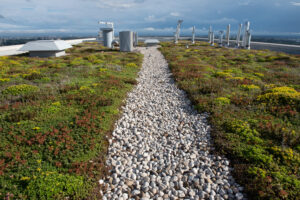 International Rock Day (July 13th) has been created to celebrate everything about rocks – their formation, diversity, roles in the environment and usages by mankind throughout history. Rocks come in many forms and shapes on green roofs too.Let’s find them on the roof and look at their different functions!
International Rock Day (July 13th) has been created to celebrate everything about rocks – their formation, diversity, roles in the environment and usages by mankind throughout history. Rocks come in many forms and shapes on green roofs too.Let’s find them on the roof and look at their different functions!
Rocks Drain
Gravel is perhaps the oldest drainage method and can still be found on old green roofs in Europe today. They are durable and effective. A major drawback is weight: a 2-cm (0.8”)-layer of drain rocks weighs ~30 kg/m2 (6 psf) while a plastic drain mat of the same thickness weighs only ~0.5 kg/m2 (0.1 psf). The latter is more suited for lightweight construction such as factories and warehouses.
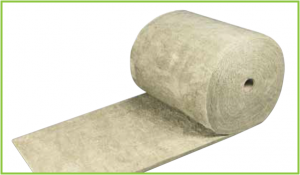
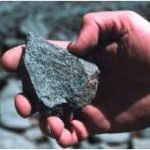 Rocks Retain
Rocks Retain
Mineral wool is made from spinning molten rock into fibres, which are then processed into durable and fire-resistant mats and slabs. Thanks to its unique structure, mineral wool retains twice as much water as typical growing media at a fraction of the weight, making it an ideal lightweight water storage option for green roofs such as the StormCapTM systems.
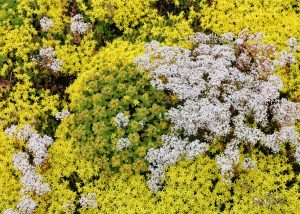 Rock Garden Plants
Rock Garden Plants
Extensive green roofs and rock gardens share many similarities – shallow media, good drainage, full sun. It is no wonder rock garden plants such as allium, crocus, delosperma, phlox, portulaca, thymus…etc. find themselves at home on green roofs. Sedum, also known as stonecrop because they naturally grow in crevices among stones on mountains, are a favourite green roof plant in North America. Mineral aggregates are frequently used in green roof growing media to increase water permeability.
Rocks Preserve Moisture
A light rock covering over an extensive green roof can slow down evaporation from the growing medium, moderate root zone temperature and therefore increase resilience. Stone mulch is more effective in protecting the plants and growing medium than wood mulch, which can blow off or decompose over time.
Rockin’ for Biodiversity
Rocks and logs are often integrated into biodiverse green roofs to provide perches for birds and shelters for insects. They also add shade to the typically full sun and dry conditions found on green roofs. These cooler and moister areas create habitats for more diverse plants, insects and soil organisms. Larger rocks can be strategically positioned over structural columns and beams to reduce overall loading.
Rocks As Fire Breaks
River stones are commonly used in the vegetation-free zones around drains, parapets and penetrations for fire safety. FM Global Property Loss Prevention Data Sheet 1-35 Vegetative Roof Systems requires a continuous vegetation-free zone of at least 0.5 m (1.5’) as firebreak around all rooftop equipment and penetrations and at least 0.9 m (3’) around rooftop structure such as mechanical rooms and façade walls.
Join us for Free, Live Webinars
Green Roof NutsN’Bolts Series: An A-Z of Essential and Practical Tips to Achieve Success
CONTINUING EDUCATION PROVIDER

Certificate of Completion will be issued for:
AIBC Core Learning Units
OAA Structured Learning Hours
LACES PDH: CSLA, OALA, BCSLA, AALA, APALA

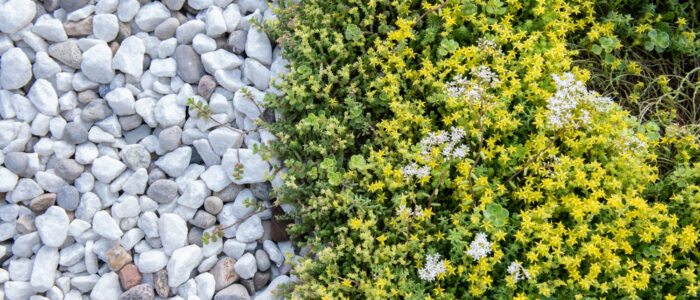
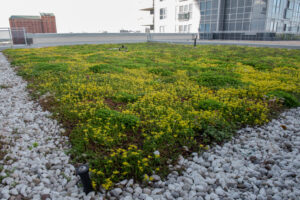
 NLSM has supplied more than 2.5 M SQFT coast to coast
NLSM has supplied more than 2.5 M SQFT coast to coast
Comments are closed.